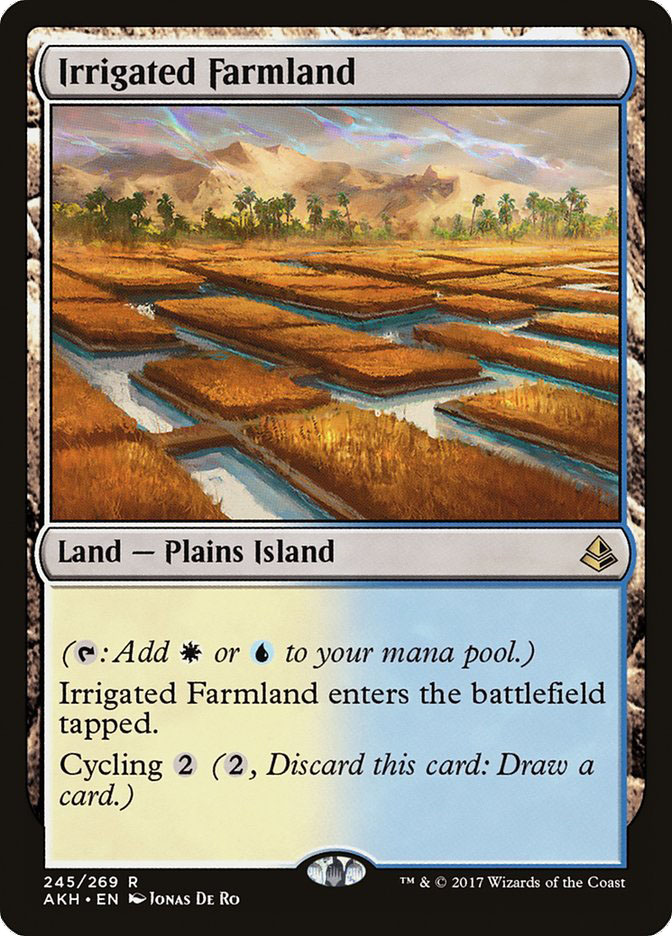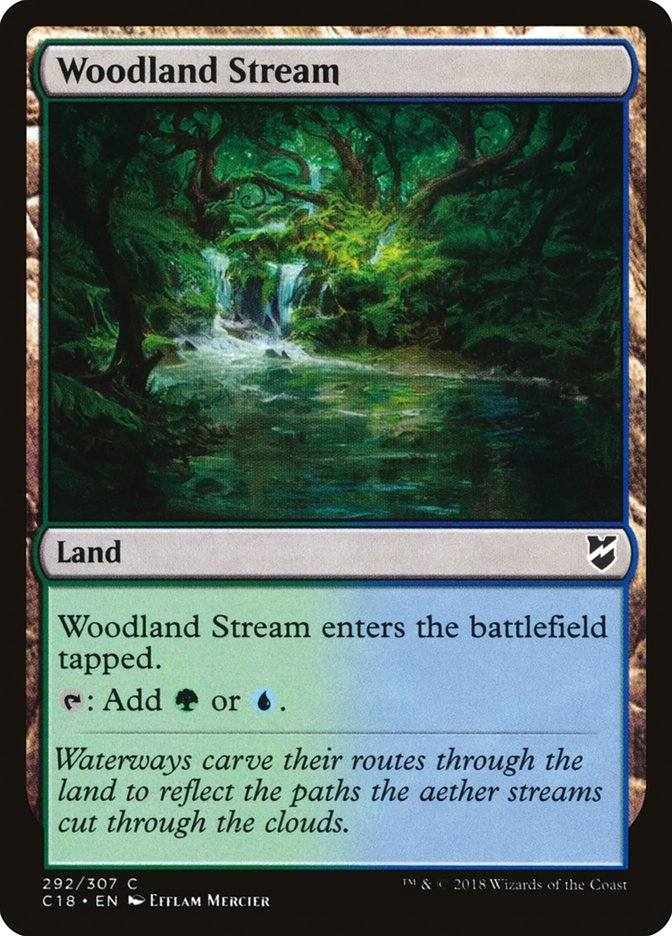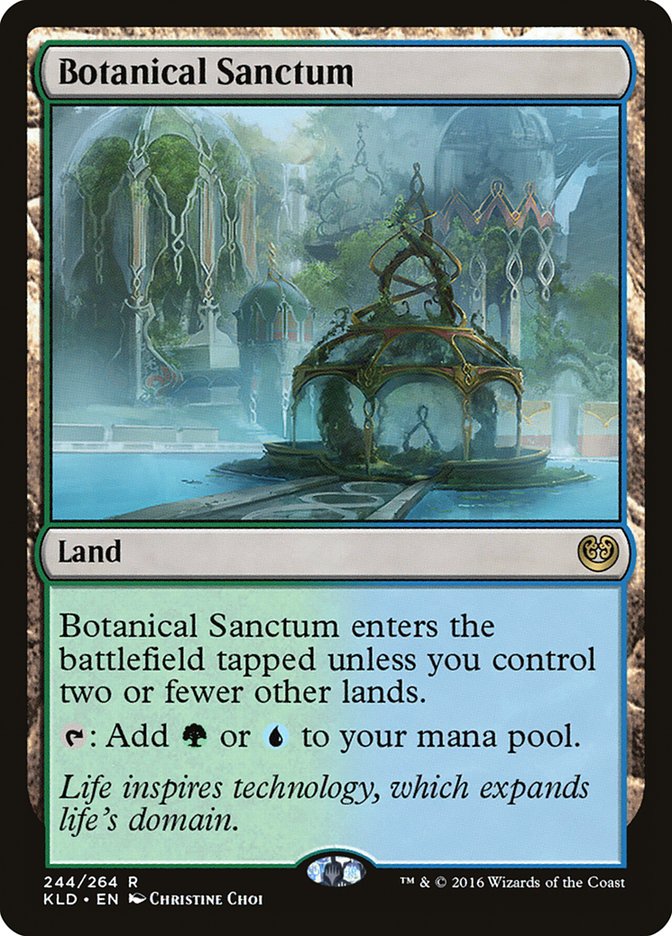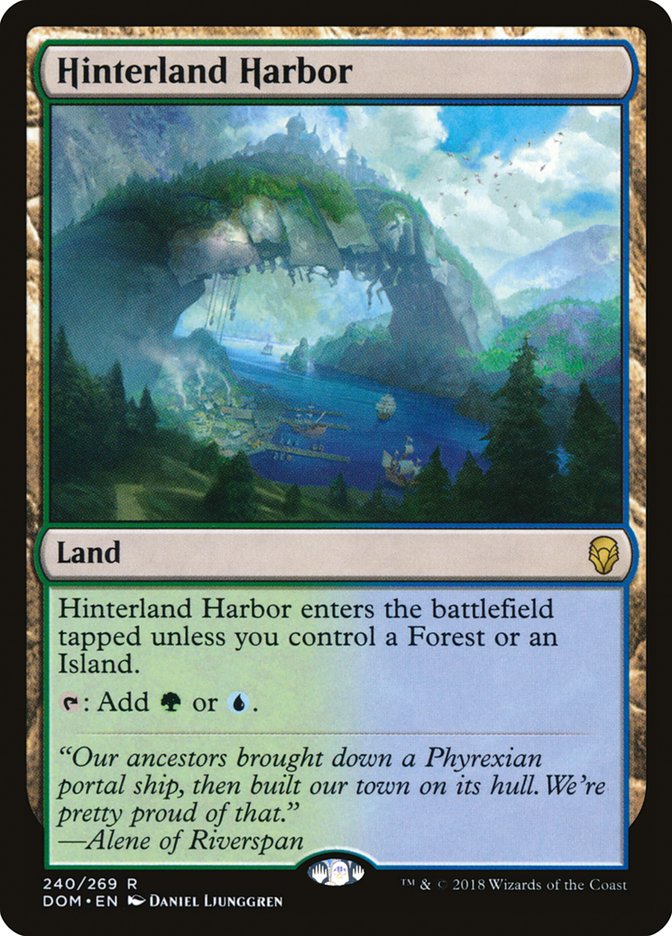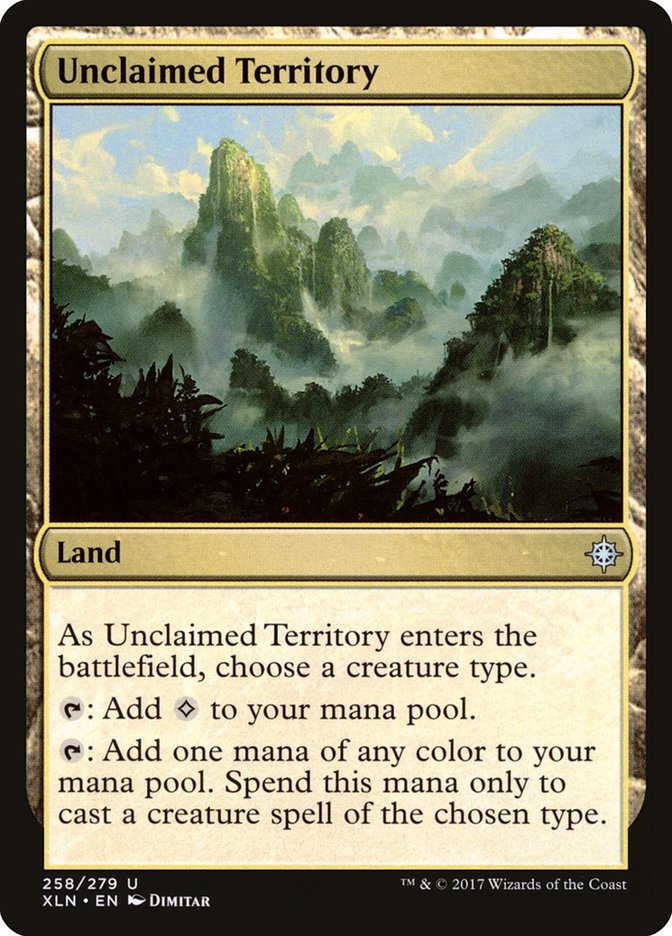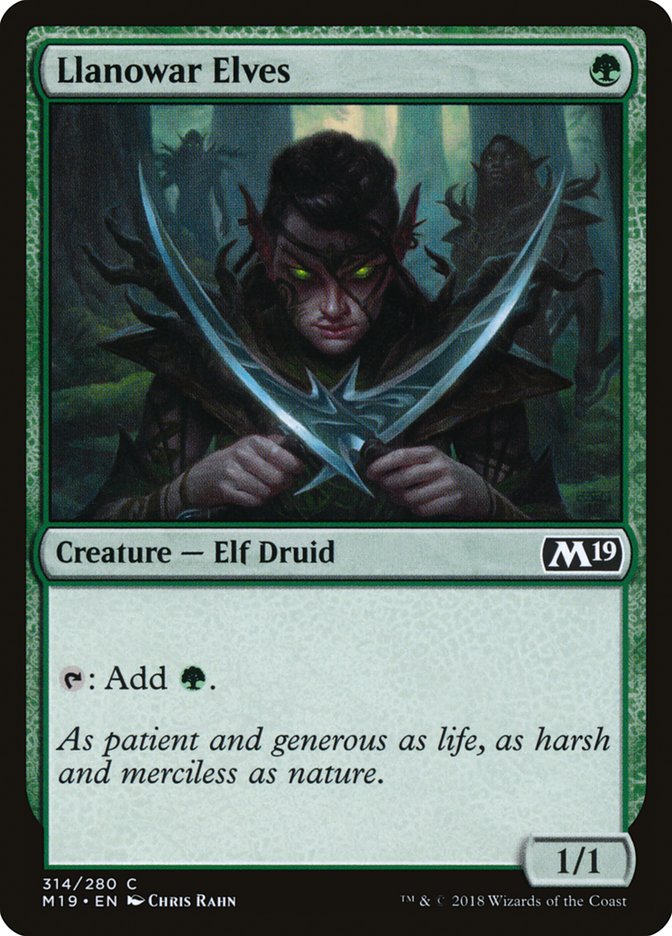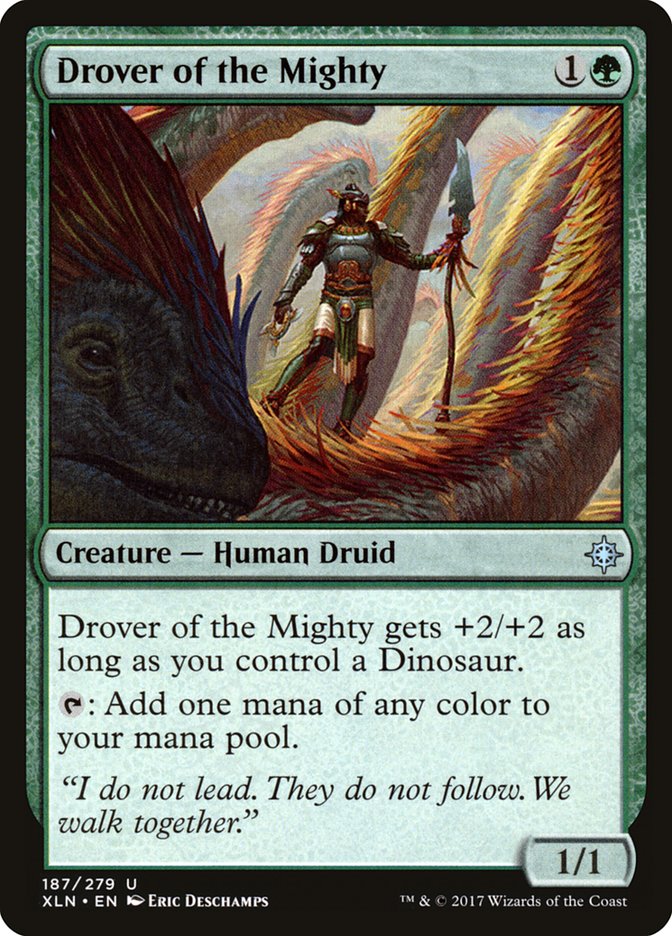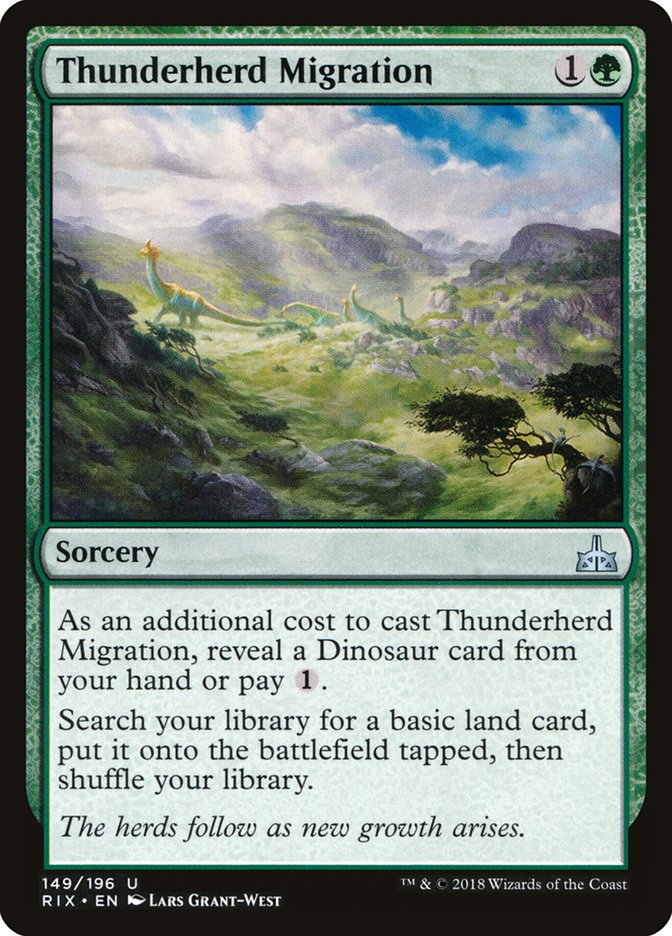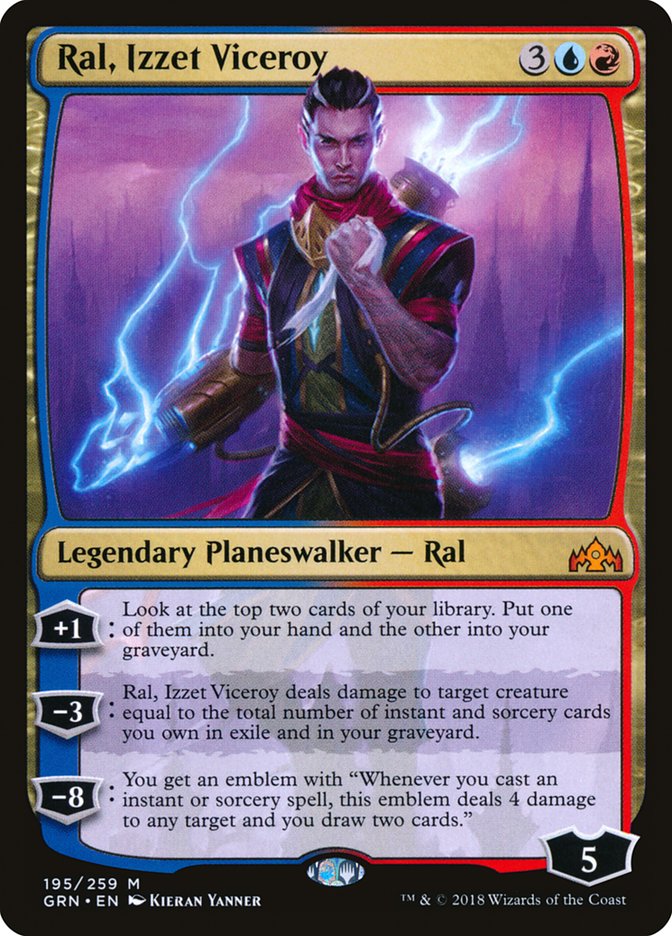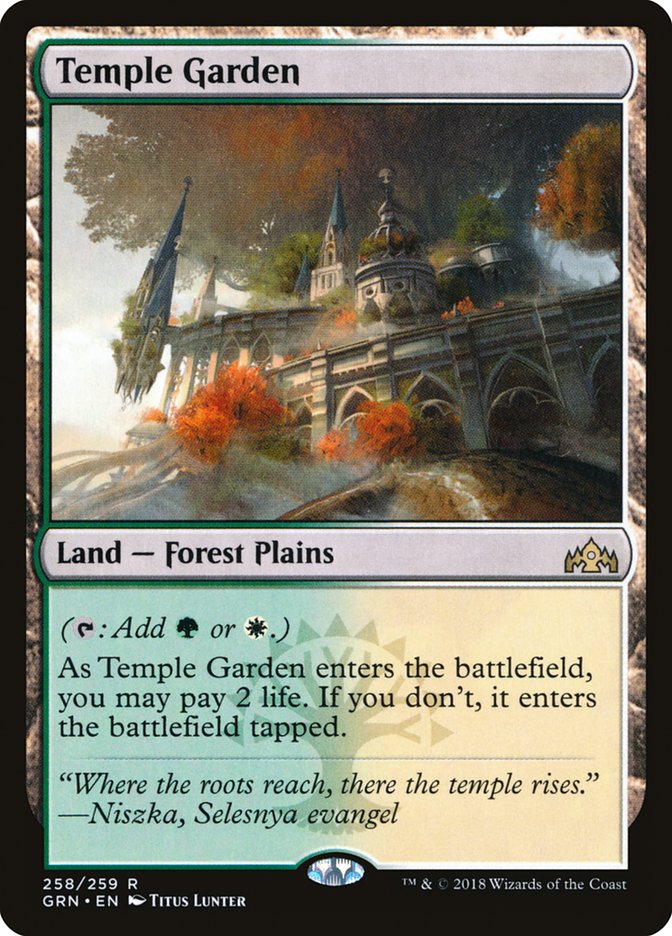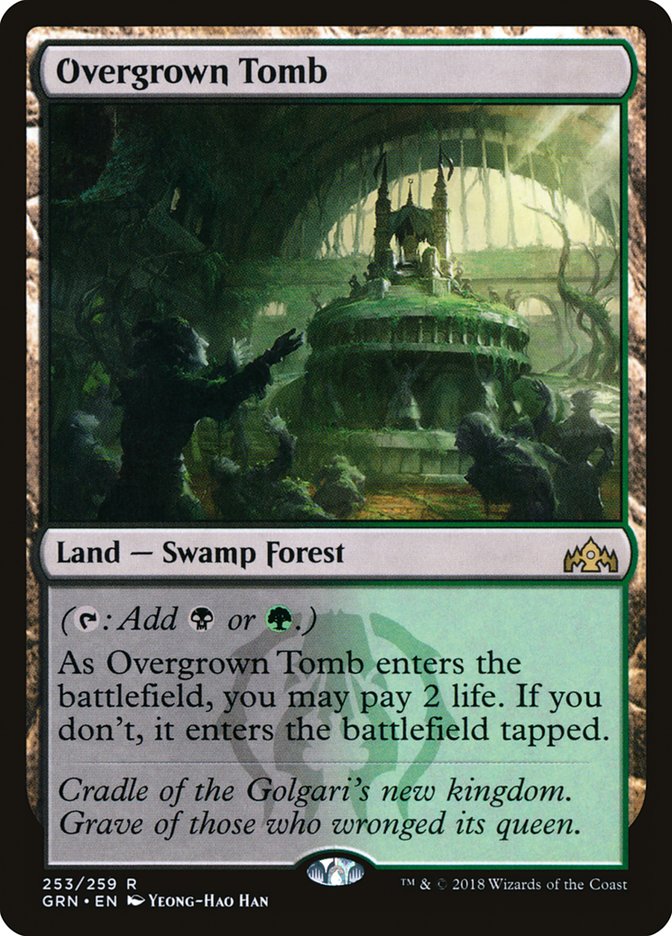There. I said it.
As we round the last corner of the largest Standard format in recent
history, it’s easy to assume that after rotation, the best cards today
won’t all be the best cards this time next month. Hazoret the Fervent is
leaving, Scrapheap Scrounger is on its way out, The Scarab God is done
reanimating things, and Chandra, Torch of Defiance is going to have to
settle for torching things in Modern and Legacy. With most of the linchpins
of Standard on the way out and U/W Approach losing little more than
Approach of the Second Sun and Torrential Gearhulk, the shell we’ve been
seeing for the last six months or so looks to be an early frontrunner in
the best deck race.
Except it’s losing something huge.
Despite Irrigated Farmland looking fairly innocuous and being something
that can usually be replaced with Meandering River, the loss of ten dual
lands is actually a fairly colossal shift. Look at this opening hand:


In today’s Standard format, this hand is great. A pile of spells that
function on the second turn backed up by the mana to cast the spells on
time. Taking single turns off is perfectly reasonable when there are only
four lands in the deck that enter the battlefield tapped.
What if we change a card?


Yikes.
It’s likely that this hand is a keep on the play. Having interaction to
what the opponent is doing on their third turn could be good enough,
depending on the matchup. On the draw? Forget about it. Being a control
deck and not having anything to do before the opponent’s fourth turn,
without some sort of reset button (a la Settle the Wreckage) is a recipe
for disaster.
This example is obviously going to seem extreme, but when looking deeper
into things, it isn’t that wild.
Consistency
Outside of the obvious “dual lands are good because they simply provide
more options that basic lands” line of thinking, the core reason that we
play dual lands in our decks is to cast all our spells on time. This leads
to manabases sometimes looking fairly strange, all in the name of players
having the ability to cast spells on time, every time.
On paper, having more fetchlands in Modern and Legacy than fetchable lands
sounds absurd until we take a second to realize that every Polluted Delta
is effectively an additional copy of Watery Grave, Volcanic Island, or
either of the basic lands that it can grab. Legacy and Modern manabases are
built in such a way that they can be mana efficient every turn, meaning
that they can cast all their spells on time without having to worry about
playing a pile of (surprisingly topical) Guildgates.
Any of the guilds that aren’t represented in Guilds of Ravnica are
going to have a much harder time casting their spells. It isn’t just
because of the interaction between the cycle lands and buddy lands – it’s
nice that the cycle lands had basic land types – but even looking at
something like Botanical Sanctum, it was possible to cast spells in the
earlier turns by leading on Hinterland Harbor before playing ‘Sanctum.
There isn’t a way to cycle Woodland Stream and Hinterland Harbor that
results in casting a two-mana spell on the second turn.
While the situations may seem oddly specific, the more of these
interactions that are present in our decks, the less likely that it is
we’ll be able to compete in the earlier phases of the game. This translates
to a higher number of games that an opponent will be able to snowball some
sort of advantage into a game win while we stare helplessly at a handful of
cards we can’t cast.
Sure, drawing multiple copies of Dragonskull Summit is going to seem like a
bit of a fluke, but what about when the only dual lands that the R/B deck
has access to are Dragonskull Summit and Cinder Barrens?
Splashing
Some decks aren’t going to be quite as worried about these issues. Take
something like this fairly straightforward G/R Dinosaurs deck.
Creatures (20)
Lands (10)
Spells (30)

While this deck is technically a two-color deck, it’s effectively a
mono-green deck that gets to play some red cards for “free.” This creates a
situation in which a high density of dual lands that enter the battlefield
untapped isn’t a necessity.
Unclaimed Territory creates situations similar to the aforementioned
Botanical Sanctum + Hinterland Harbor play pattern that requires sequencing
lands in such a way that Rootbound Crag enters the battlefield tapped,
before Unclaimed Territory enters the battlefield and everything works from
there.
The deck is built around the fact that Llanowar Elves isn’t included, and
the first land of the game will frequently be one that enters the
battlefield tapped. Why? There’s a specific curve that this deck is
attempting to operate on.
Drover of the Mighty and Thunderherd Migration are doing similar things to
Llanowar Elves, but rather than skipping from one to three mana, they’re
skipping from two to four. Keeping that in mind, there are very few
three-drops and several four-drops.
Assuming this plan is executed each game there isn’t really a use for cards
like Llanowar Elves and Jadelight Ranger, regardless of their power level.
Odd deckbuilding concessions like this are why these types of decks are
frequently less powerful card-for-card than their counterparts that are
“true” multicolor decks.
It’s also possible to take things to a different extreme and try to play a
two-color deck that uses incidental dual lands to splash a singular
powerful card:
Planeswalkers (5)
Lands (20)
Spells (35)

The list itself is incredibly unpolished, but with so much selection, it
feels somewhat free to include a bunch of situationally powerful fun-ofs
for the sake of playtesting. I suspect that there are too many dual lands
in this particular list, as there’s a very real cost to playing twelve
lands that require you to pay two life when they enter the battlefield.
Patrick Chapin touched on the idea that there are real costs to playing a
bunch of duals over basics in an
article from six years ago
; to paraphrase the relevant portion of the article:
“This led to people wanting to cut an
Island
. I actually ended up “cutting an
Island
,” but unlike most of the others, I had actually cut a
Hallowed Fountain
last weekend, making room for a third
Island
.People were dubious of cutting a
Hallowed Fountain
at first. After all, you want
Sunpetal Grove
to come into play untapped. However, we have way too much white mana in
this deck anyway . . . so it comes down to how often does the two life
matter versus how often does Sunpetal being tapped matters.”
What the list does a fine job of, however, is illustrating how easy it is
to splash a white card in an otherwise U/R deck when there’s a host of
synergistic dual lands in Standard.
Small aside on the new Ral:
The fact that Jeskai is the best home for the new Ral means that it’s
entirely possible that Teferi ends up on the back burner for some number of
months. Teferi is still an amazing card, and his first two abilities are
almost head-and-shoulders better than either of Ral’s, but the fact that
Ral can be so easily slotted into a deck with better mana (read: better at
casting spells during the “don’t die” phase of the game) means that there’s
a very real chance that Ral, Izzet Viceroy is going to be the planeswalker
of choice for the foreseeable future.
Using this Information
Although, as of penning this article, only twenty-ish cards have been
previewed, knowing the mana that will be available to use helps us at least
know where we should be devoting more energy. Better manabases = smoother
gameplay = higher average game win percentage.
Running through all the color combinations, we can create a roadmap to the
decks where we can start our playtesting for Guilds of Ravnica
Standard:

Good two-color combinations:
Selesnya, Boros, Golgari, Dimir, Izzet.
The two-color decks are easy. The first section of the article was
dedicated to explaining why having access to an extra set of
enters-the-battlefield-untapped dual lands is so important.
Things get a little bit hairier from there. There isn’t a clear-cut “wedges
are good, shards are bad” idiom to label the three-color decks. The easiest
rule of thumb is to look at which three-color combinations have two
shocklands in Guilds of Ravnica.
Good three-color combinations:
Jeskai, Naya, Grixis, Sultai, Abzan.
The trick with these color combinations is generally going to be that each
combination needs to be rooted in the color that the shocklands share.
Take Abzan, for example. The deck is likely going to have to be somewhat
green-focused because it will have so many free sources of green from the
lands it plays. This is going to be highlighted most heavily in green
largely in part due to the existence of Llanowar Elves.
Llanowar Elves is a card that is naturally going to have the highest impact
on the game when played on the first turn. A 1/1 body isn’t particularly
relevant, and the marked jumps in power level from one converted mana cost
to the next are going to diminish as you travel up the curve. This means
that buddy lands from Ixalan and Dominaria don’t help at
all in this department.
Taking things a step further, we can extrapolate that casting Llanowar
Elves in Guilds of Ravnica-era Naya isn’t going to be realistic.
Despite having so many different dual lands at its disposal, the color
combination simply doesn’t have enough ways to have them enter the
battlefield untapped on the first turn.
In many decks, these differences won’t be quite as pronounced. The Jeskai
deck from earlier in the article is one that is ideally going to have time
to smooth its mana out over the course of a game. Something that is
aggressive or trying to get ahead on the field in the early game doesn’t
have that luxury. Recognizing the differences in one’s gameplan and how it
is going to impact what you need your mana to do for you is going to
seriously dictate what color combinations you have at your disposal for the
next Standard season.
On the other hand, maybe we see something in the vein of Farseek or
Chromatic Lantern, and all of this is turned on its head…



